The Ikonta 521/16—its Predecessor and Successors
Manufactured by Zeiss Ikon of Germany from 1948 to 1953, the Ikonta 521/16 is a folding camera that produces twelve images, 6x6cm, on 120 roll film.
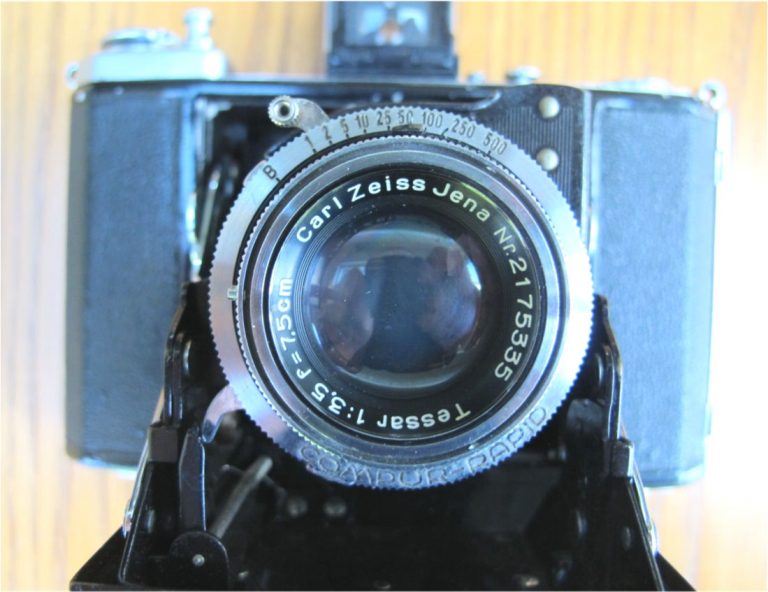
Manufactured by Zeiss Ikon of Germany from 1948 to 1953, the Ikonta 521/16 is a folding camera that produces twelve images, 6x6cm, on 120 roll film.
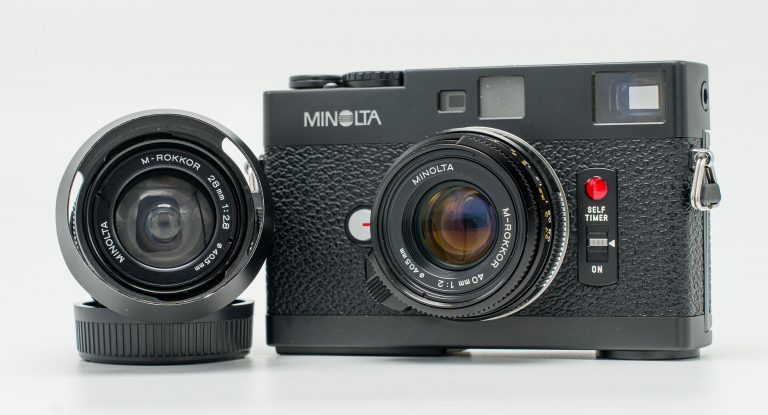
Introduced in 1980, the Minolta CLE featured aperture priority automation with an electronic shutter based on the Minolta XG-E/XG-7 circuit design.
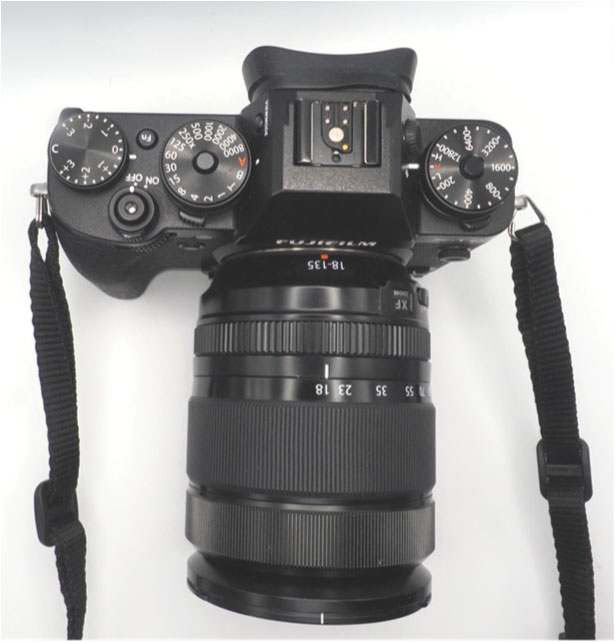
For a change of pace, the featured camera is not an antique film camera but a near-contemporary digital camera, a Fujifilm X-T2, donated to PHSNE. It will be auctioned on eBay as of March 1st, 2024. The eBay seller ID is phsneusa.
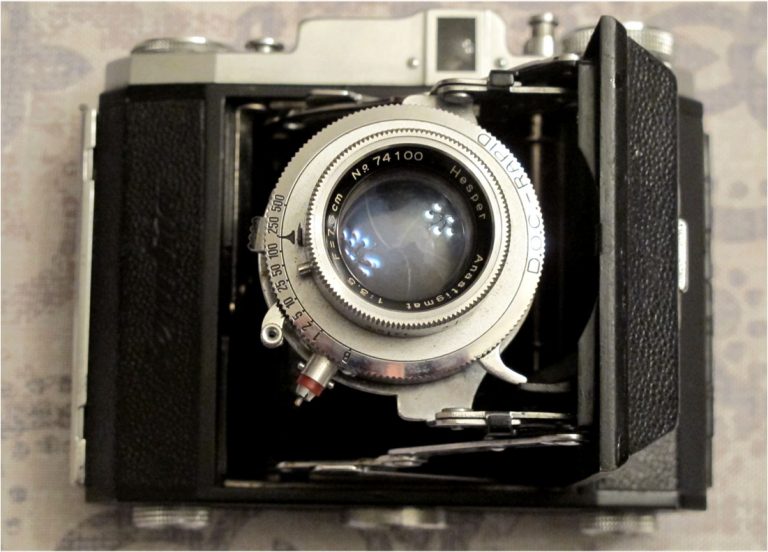
Manufactured by Daiichi Kogaku of Japan, the Zenobia C is a 6 x 4.5 folding camera. It has an uncommon rapid shutter copied from the German Compur.
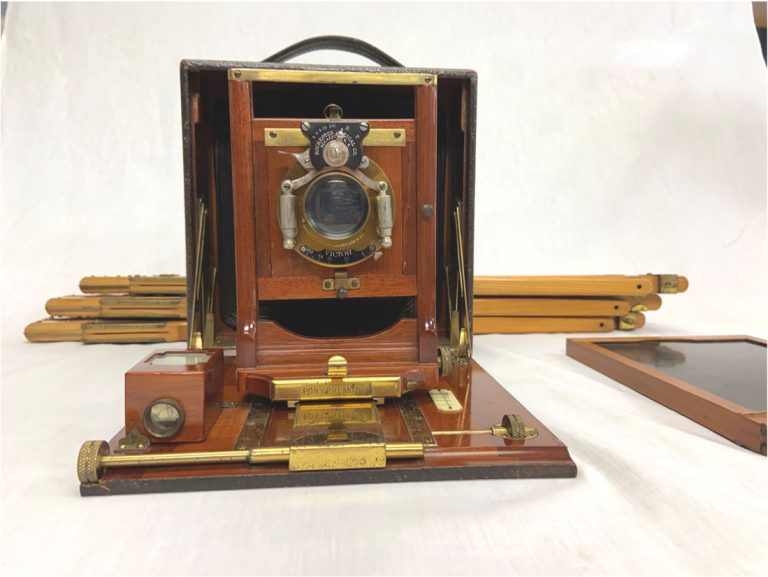
(UPDATED) One important function of PHSNE is to help find good homes for items people donate, many of which are valuable and/or have interesting histories. The Pony Premo 6 is…
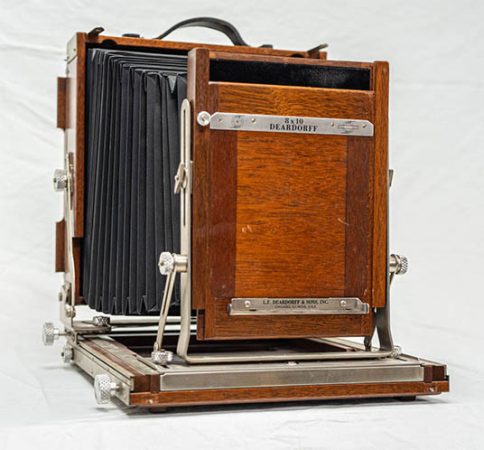
This month’s featured auction at phsneusa on eBay is a serious piece of photo history: an 8×10 Deardorff view camera with a Symmar-S 5.6/300mm lens
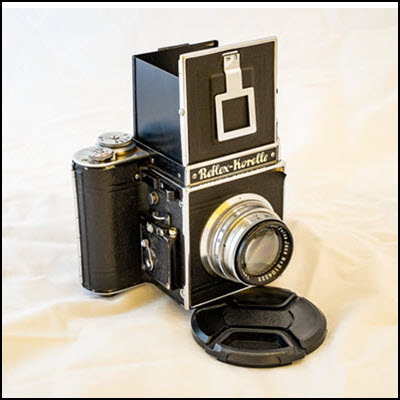
The Reflex Korelle was an early 6×6 SLR with interchangeable lenses. It was widely-copied and spawned the Praktisix, Pentacon Six, and the Pentax 6×7.
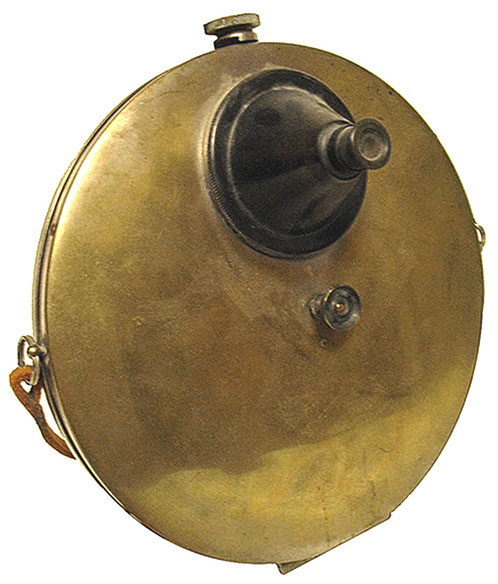
Most commonly known as the Stirn Vest Pocket Camera, it can occasionally appear as Gray’s Vest Camera or under other names. Describing it as “a rigid, disc-like camera, to be…
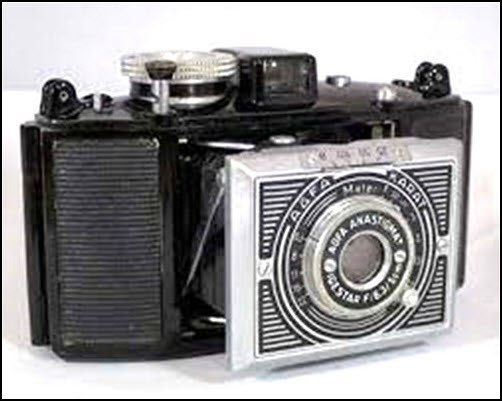
In 1936, Agfa introduced the Agfa Karat 6.3, first in a long series of models. Reflecting the times, it was of an Art Deco design. It had a collapsible front…
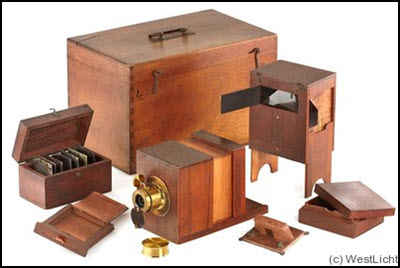
In or about 1840, designer/manufacturer Charles Chevalier of Paris produced Le Photographe, a similar but smaller, collapsible camera modeled after the Daguerre camera. Daguerre’s was soon tagged “whole plate” and Chevalier’s,…

The year 1888 saw the introduction of the original Kodak camera. In the same year, Albert Darier was granted the first Swiss patent for photography, number 17, for a light-weight,…
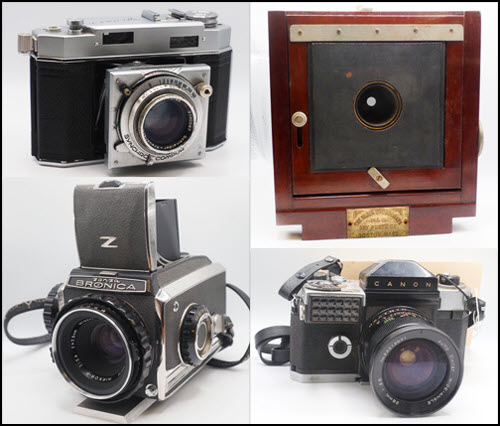
PHSNE’s Camera of the Month section features a lot more than just one camera this month. In fact, there are over 90 cameras, lenses and photography accessories listed in the…
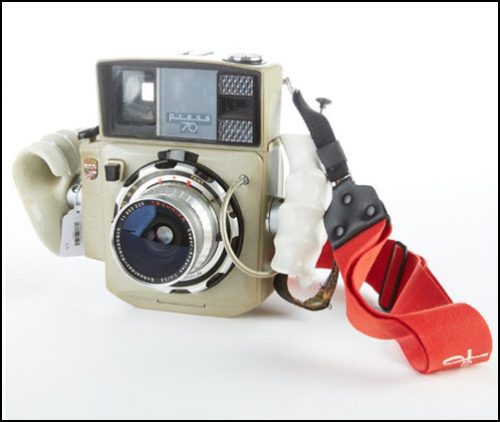
The Linhof Technika 70 “is an exceptional, beautifully-made, and very expensive combination of the rollfilm camera and the technical camera.” (Collecting and Using Classic Cameras, Ivor Matanle, 1986, p.10) “Designed…
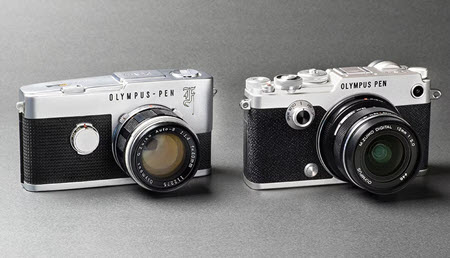
Introduced in 1963, the Olympus Pen F* was a small, beautifully designed camera that achieved rapid market success. “The concept of a camera that could be carried and used as…
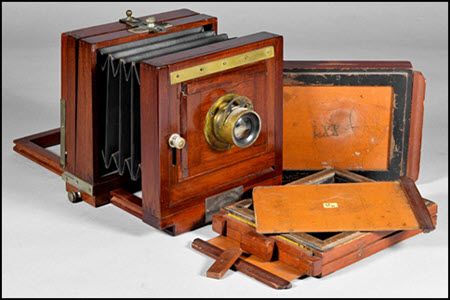
Combination cameras were manufactured in Boston by the Blair Tourograph & Dry Plate Company from 1882 to 1894 and “are traditional field designs offered with a unique [patented] accessory plate-holder…
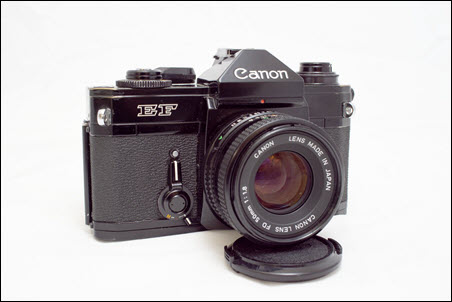
The Canon EF (1973-1976) is a high-quality 35mm SLR which blended elements of Canon’s professional F-1 (1971-1981) system (FD breech-lock lens mount, all-metal body in black enamel) with many innovative…
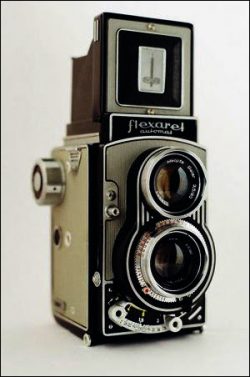
Closely tied to the German photographic industry, Czech cameras were popular from 1885 to WW I, and production continued until competition from Japan and Germany in the 1960’s delivered a…
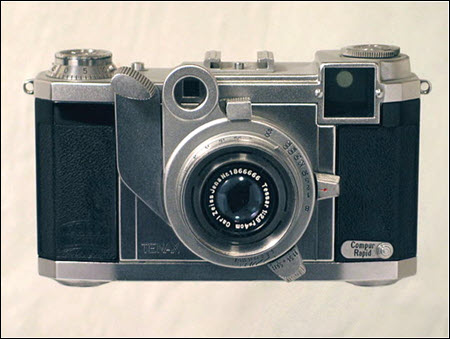
The Tenax name dates back to 1907. It appeared on folding plate cameras manufactured by the C. P. Goerz company in Berlin. It’s easy to be confused by the chronology…
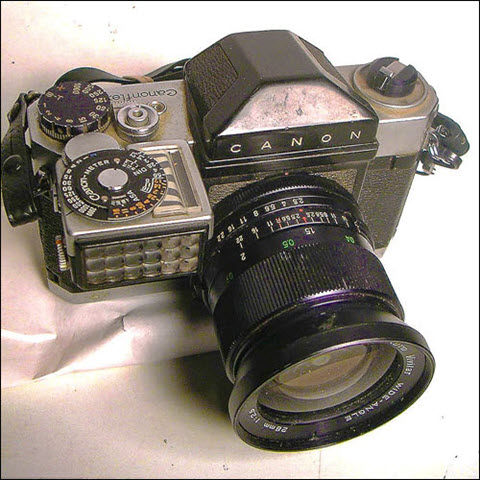
The PHSNE warehouse team recently discovered an original 1959 Canonflex (https://global.canon/en/c-museum/product/film38.html) —minus its lens. While members are searching for a lens that would complete the camera, a substitute is in…
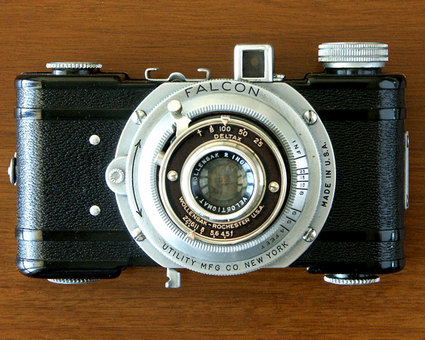
The Utility Manufacturing Co. of New York (1934-1941) manufactured a variety of cameras including folding cameras, box cameras, and its main camera line of Falcon cameras, a name associated with…
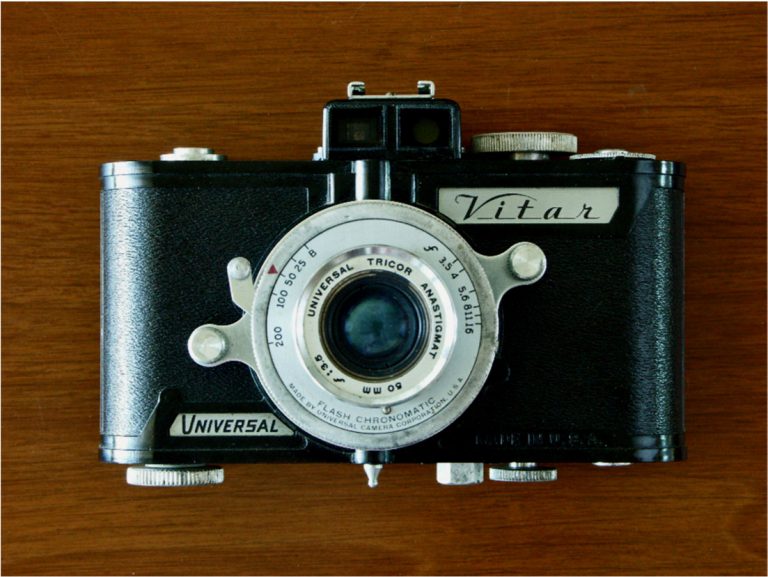
To appreciate the Universal Vitar, one must first know how it came to be. Universal Camera Corp., with headquarters in New York City, was founded in 1932 by Otto Githens and…
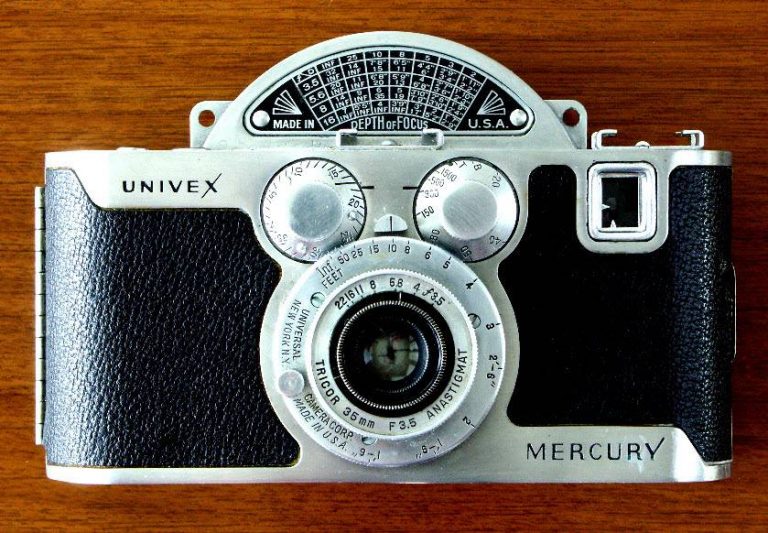
Although the Mercury CC-1500 camera appears identical to the standard Mercury CC model (CC stands for Candid Camera), there is a significant difference between the two. What separates this model…
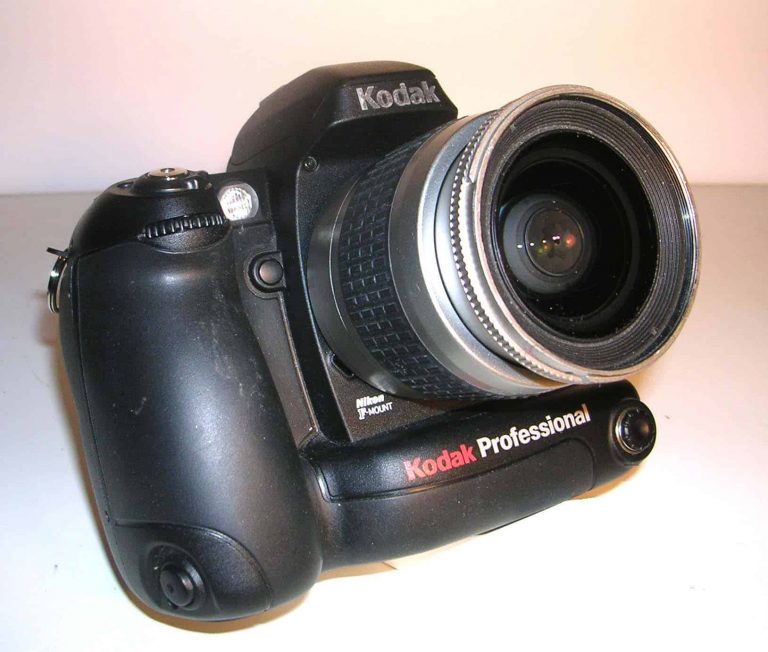
As they sift through donated cameras, preparing for the next PHSNE Auction at Photographica 89 (April 23, 2022 at Newton North High School in Newtonville, MA), the warehouse crew occasionally…
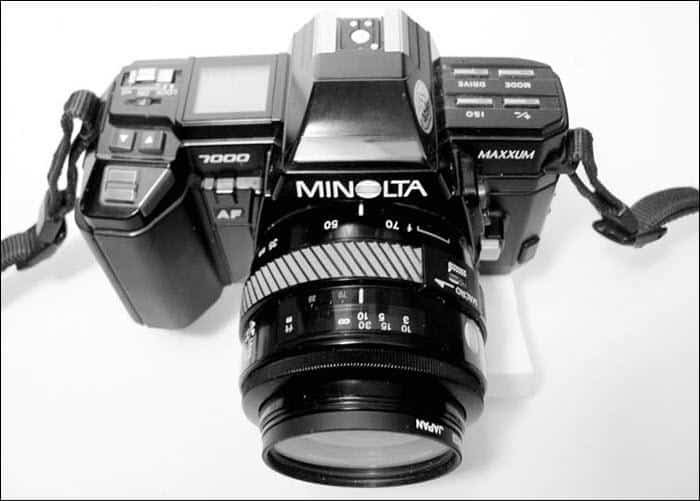
From time-to-time, PHSNE’s warehouse crew comes across an unusual camera as they sift through donations and prepare for auctions. One recent find was a Minolta Maxxum 7000, destined for Photographica…
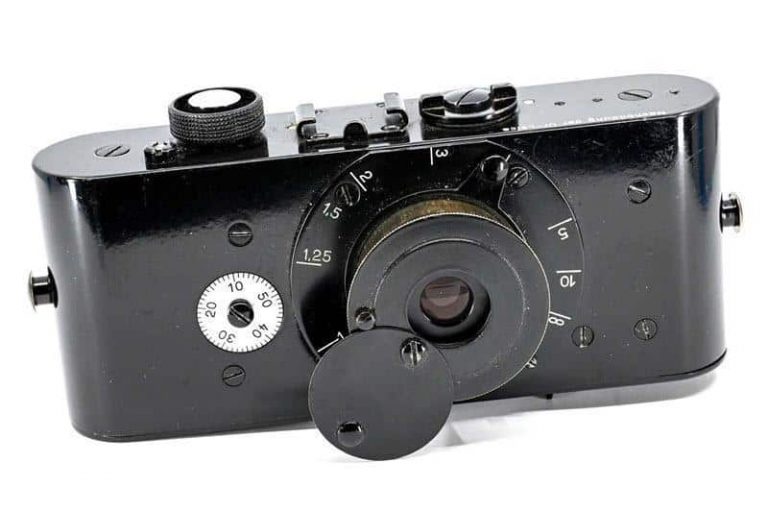
The December 2021 issue of Snap Shots featured an article about the Ur-Leica. Now PHSNE member Mark Kronquist has shared a story about building his own DIY Ur replica (above)….
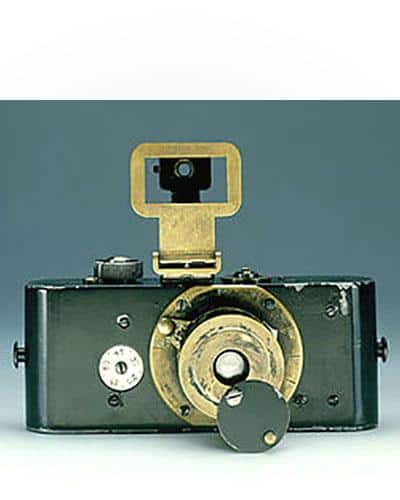
The Ur-Leica, generally referred to as the original Leica, should actually be called Ur-Leitz since the Leica name wasn’t in use until 1925. The word Ur has German roots; English…
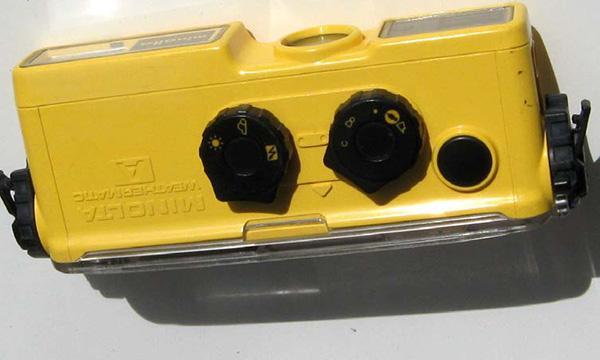
Bright yellow was a popular color for waterproof electronics in the 1980s; the Sony Walkman is a prime example. Minolta followed suit with its bright yellow waterproof cameras, one “for…
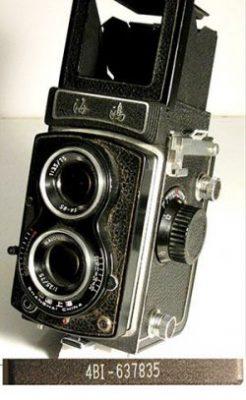
China’s Shanghai Seagull Camera Co. has produced over 20 million cameras since its inception in 1958. The line includes high-quality models on a par with well-known and highly rated comparable…
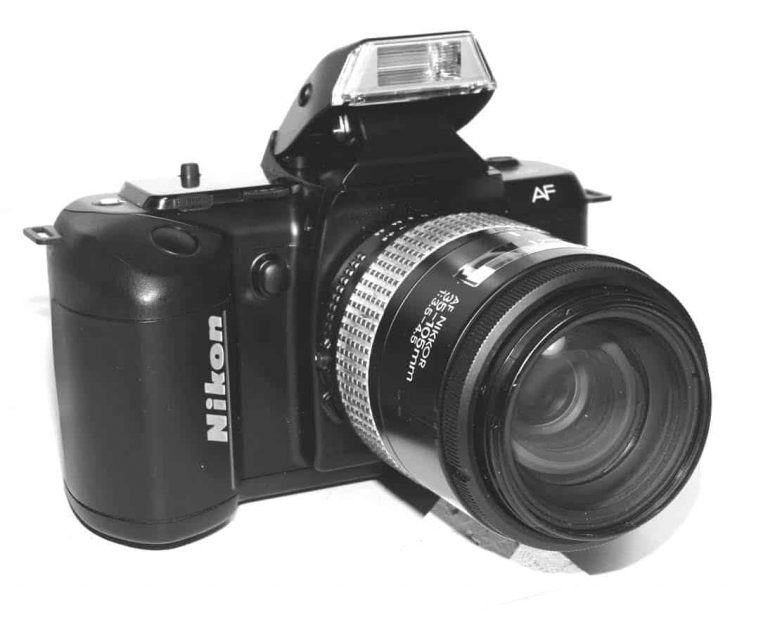
A PHSNE member’s collection boasts a Nikon N4004, the North American version of the Nikon F-401. Introduced in 1987, it was one of Nikon’s earliest models designed for novices. Its…
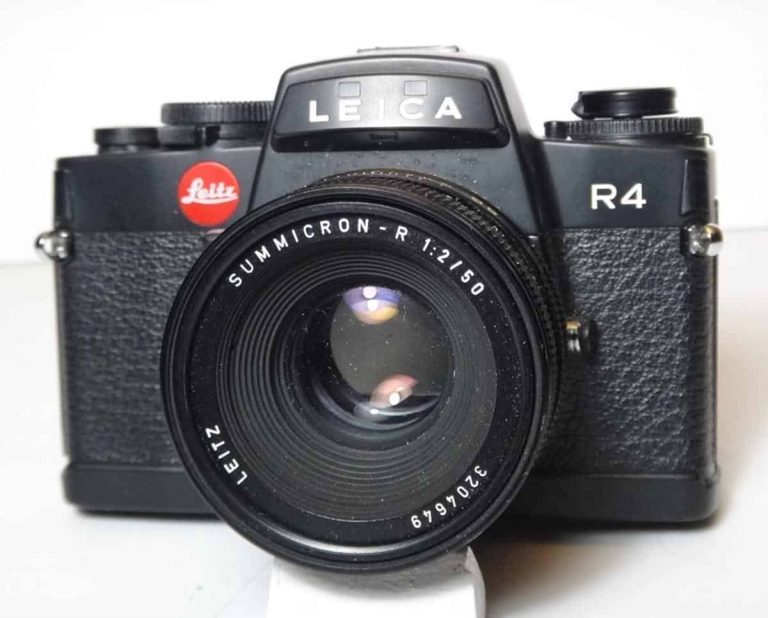
A PHSNE member is thrilled with the newest acquisition to his collection, a Leica R4. “The Leica R4 family of Leica 35mm SLR cameras was launched in 1980. The initial…